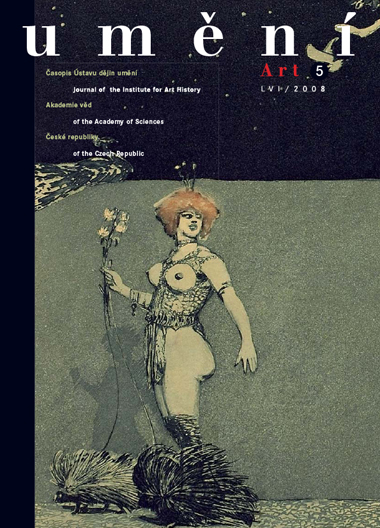Hubert Guzik
Jak projít uchem jehly? Emancipace žen v architektonických povoláních 1918-1948
Fragmentary information on the position of women in artistic professions in Czechoslovakia can be found in publications put out by the Occupational Guidance Centre. Many publicly active women, perhaps even the first Czechoslovakian female architect Milada Petříková-Pavlíková, saw enormous emancipative potential in the psycho-technical programme of this organisation. However, we can decipher the opinions of the Czechoslovak avant-garde on the theme of the professional position of female architects from the writings devoted to art education that emerged in circles around the review Náš směr (Our Direction), the Bratislava School of Applied Arts and eventually the Brno School of Applied Arts. It was difficult a road into the profession of architect for women: the inventory of obstacles comprised a long list of women's physical attributes, character traits, and intellectual abilities. Perhaps one of the few areas of architectural creation where women could find work was designing the 'household hearth'. While women architects in reality remained 'at home', at the time they called for being able to create and work outside the home. Alongside the economic turnaround in 1945-1948 attempts were made to obtain more opportunities for women to work in the field of advertising art and architecture. However, this opening up - in conformity with modernistic approaches up to that time - was achieved not on the basis of the creative abilities of women but as a result of their assumed social skills. So rather than looking for the emancipative dimension in the problematic opening up of new fields of activity to women, we should seek it in the first signs of the erosion of the academic hierarchy of artistic professions, which can be read between the lines of the avant-garde's writings; a hierarchy that had to that point placed advertising and architecture at the opposite end of the value scale.
Full-text in the Digital Library of the Czech Academy of Sciences:
https://kramerius.lib.cas.cz/uuid/uuid:22fa3091-6450-d2aa-1537-9bcf2e4229bf
< back

